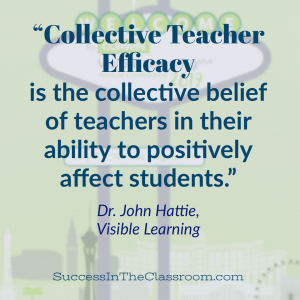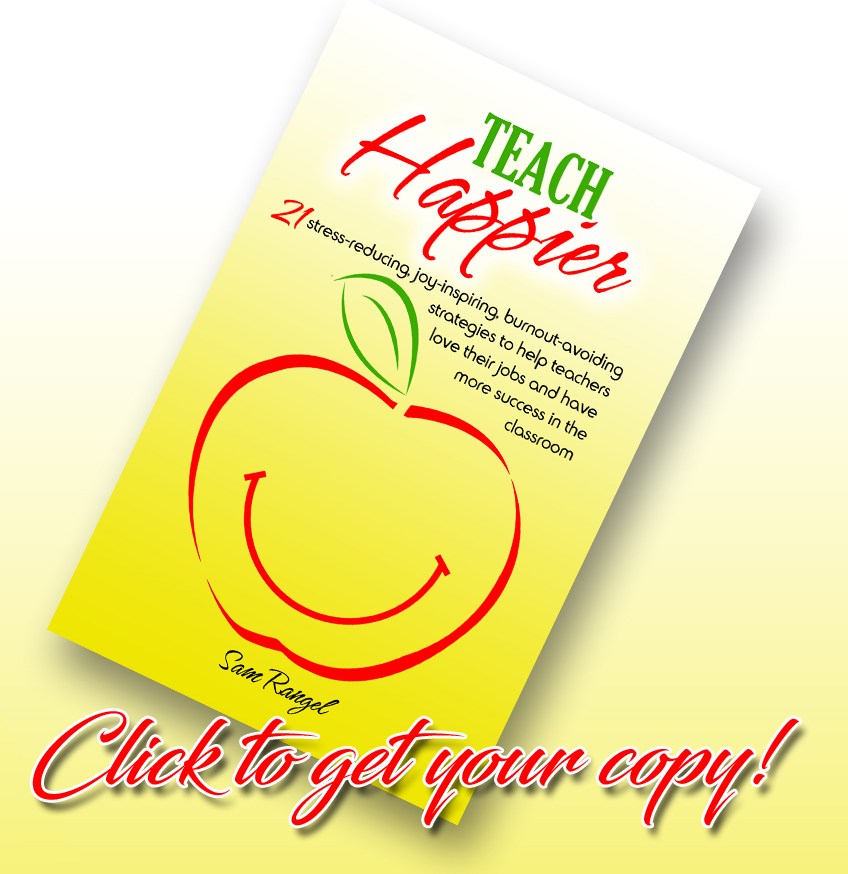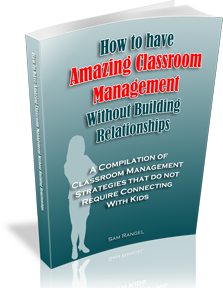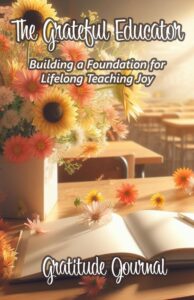This week I had the opportunity to attend the Visible Learning Conference in Las Vegas.
Although I had heard about Professor John Hattie and his research, I really wasn’t that familiar with his work.
After spending a couple of days hearing from Professor Hattie and his team, however, I am more excited than ever about the future of education.
There is no way I can share everything I learned in this blog post, so I won’t even try. I will, however, share a few of the major take-aways that I got from the conference.
Having been in education for over 30 years, I have attended many conferences designed to help teachers have a greater impact on their students. I have to say, however, that of all the conferences that I have attended, the Visible Learning conference is by far the one that I would recommend most to any teacher or school administrator who is looking to have a greater impact on our students’ education. I would especially encourage new and soon-to-be teachers to attend.
The main reason I am so convinced that the information shared at the Visible Learning conference is so valuable is because of the incredible amount of data that Professor Hattie has compiled over the years to support his message.
Data and More Data
Dr. Hattie has analyzed over 800 meta-analyses regarding student achievement, and he has created a list of over 250 influences, ranking them in order of effectiveness.
This is what I found especially fascinating.
With this list, teachers can compare their current teaching strategies with the strategies on Hattie’s list and adjust their lessons accordingly. I wish I had this list when I was teaching.
Included in Hattie’s list are such influences as scaffolding, rehearsal and memorization, concept mapping, practice testing, and more.
You can find his complete list here: https://visible-learning.org/hattie-ranking-influences-effect-sizes-learning-achievement/
Top of the List
What is the influence on Hattie’s list that has the greatest impact on student achievement?
I’m glad you asked.
According to the research, the greatest impact on student achievement is what Hattie calls, Collective Teacher Efficacy.
“Collective Teacher Efficacy is the collective belief of teachers in their ability to positively affect students.”
This is a powerful statement.
If you are reading this, you’re probably one of those teachers who already believes that you have the ability to positively affect students. I would encourage you to never let that “self efficacy” in you be diminished by the challenges of our profession.
Collective teacher efficacy, however, is ranked so high in Hattie’s list because of the key word, “collective.”
According to John Hattie’s research, there is no influence with the greatest impact on student achievement than having a collection of teachers with the same believe in their ability to positively affect students.
Understanding the power of collective teacher efficacy, our focus as educators has to evolve more toward collaboration and helping each other improve as teachers.
As a school administrator, my efforts need to directed toward providing more opportunities for teacher collaboration.
The Power of Relationships
Another great take away from the conference was the importance of building and maintaining positive relationships with our students. This is something that I have promoted on SITC for years. In fact, one of my books speaks directly to the power of building relationships – How to Have Amazing Classroom Management Without Building Relationships – A Compilation of Classroom Management Strategies That Do Not Require Connecting With Kids.
Wait! Before you send me angry emails, that book is full of BLANK pages. It’s a gag gift to leave in the teacher’s lounge to get the conversation started.
Amazing teachers understand that building positive relationships with their students has many benefits, not only for classroom management, but especially in regards to student achievement.
I was able to attend several sessions while in Las Vegas, and all were very informative and inspiring, but the one I felt was especially inspiring was the one called, Removing Labels: Understanding who students truly are using restorative practices. Our presenter, Dominique Smith @domsmithRP, reminded us of the importance of building positive relationships with our kids, ALL our kids. One of the strategies he shared was called, “2 X 10,” where we spend two minutes a day for 10 days in a row talking to a student about anything EXCEPT school. Imagine using this strategy with our most challenging student. As an Assistant Principal, I spend a lot of my time speaking with students who have made some bad choices. My commitment this coming year is to spend more time using strategies like this to build stronger relationships with those frequent visitors to my office.
One of the slides that Dominique shared in his presentation is one that I am going to share with my staff. It was a quote by Annette Breaux, @AnnetteBreaux
“Nine times out of 10, the story behind the misbehavior won’t make you angry; it will break your heart.”
Thank you Dr. Smith for reminding us of the importance of building and maintaining relationships with our students.
If you ever get a chance to learn more about Dr. Hattie’s research on Visible Learning, I enthusiastically recommend that you take advantage of it. You will never teach the same way again, and your students will learn like never before.
To learn more about Dr. Hattie and Visible Learning, check out his website here.
Until next time, here’s to your Success In The Classroom!
Thank you,
Sam



